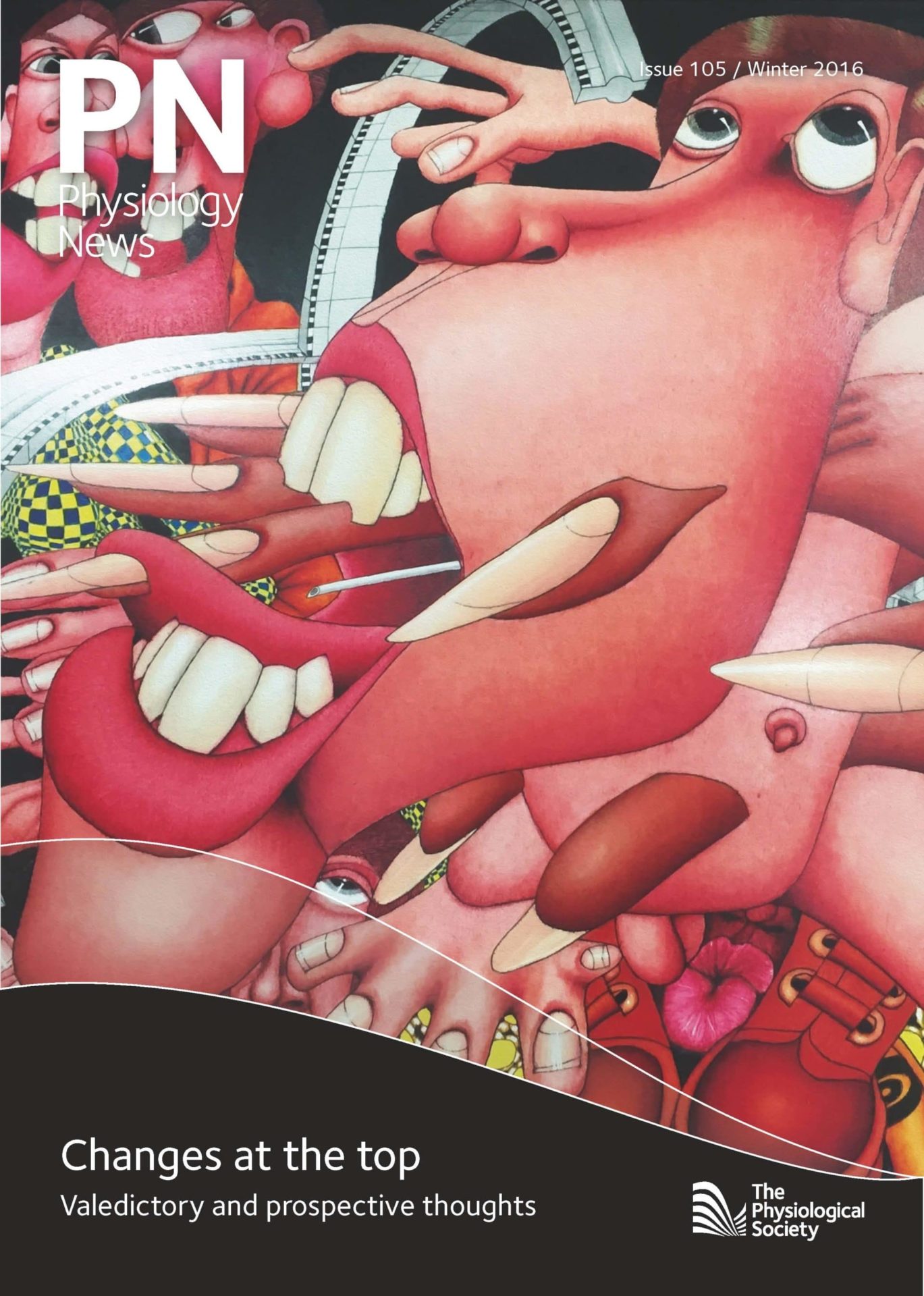
Physiology News Magazine
Respiratory control in a fallen Jedi
News and Views
Respiratory control in a fallen Jedi
News and Views
Ken O’ Halloran
Department of Physiology, University College Cork, Ireland
https://doi.org/10.36866/pn.105.6
How wonderful to learn of the considerable advances for the treatment of respiratory failure made by physiologists and bioengineers in a distant galaxy (PN 103; pages 31-33). Berg & Plovsing colourfully cover many aspects of combating respiratory malaise in the ill-fated Darth Vader. Beyond the benefits proposed by the authors, I suggest that Lord Vader’s iconic whole-body suit offers additional life-preserving qualities. I suspect that the suit functions as a proportional assist ventilator with the capacity to dramatically reduce the work of breathing, which is typically raised, even at rest in respiratory patients to the detriment of exercise performance (an otherwise significant set-back for one such as Vader with ambitious plans for inter-galactic domination). The suit likely alleviates debilitating dyspnoea, common in respiratory disease, providing comfort and much relief. More importantly, however, in the context of deadly duels, assisted ventilation is capable of reducing the cost of exercise hyperpnoea, where ordinarily respiratory muscle oxygen uptake increases considerably during intense effort, ‘stealing’ locomotor muscle blood flow with implications for performance. As such, assisted ventilation likely proves very handy for Vader when sorting out disputes with former friends. Moreover, since such ventilators can be programmed to operate when triggered by inspiratory activity, respiratory muscle weakness secondary to chronic unloading is likely limited, though admittedly this may be much less relevant compared with patients on Earth, owing to intrinsic properties of Jedi muscles wherein ‘the force’ is presumably strong.
In short, respiratory assisted support for Vader appears to provide considerable benefit, minimising the work of breathing, improving exercise performance without deleterious effects on the diaphragm such as proteolysis, atrophy and weakness.
I also wonder if Vader’s mask provides added positive end-expiratory pressure, which might aid distressed alveoli, thereby improving ventilation-perfusion matching, limiting oxygen usage, the cost of which must surely add up when one considers delivery and rental to Death Stars in galaxies far, far away. But that’s a story for a different day…
